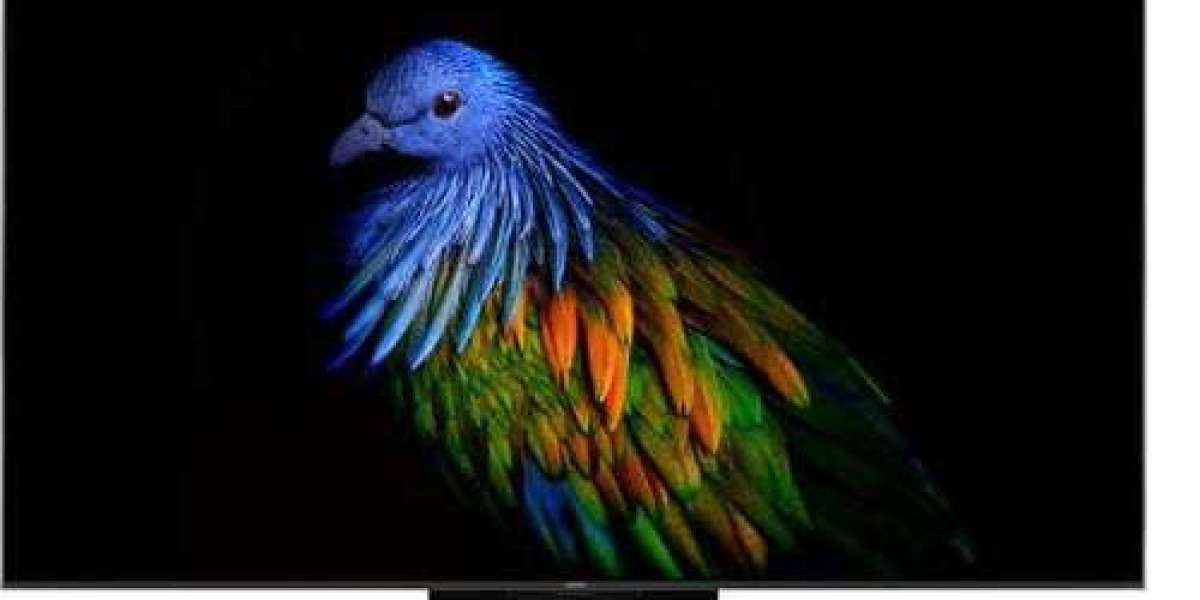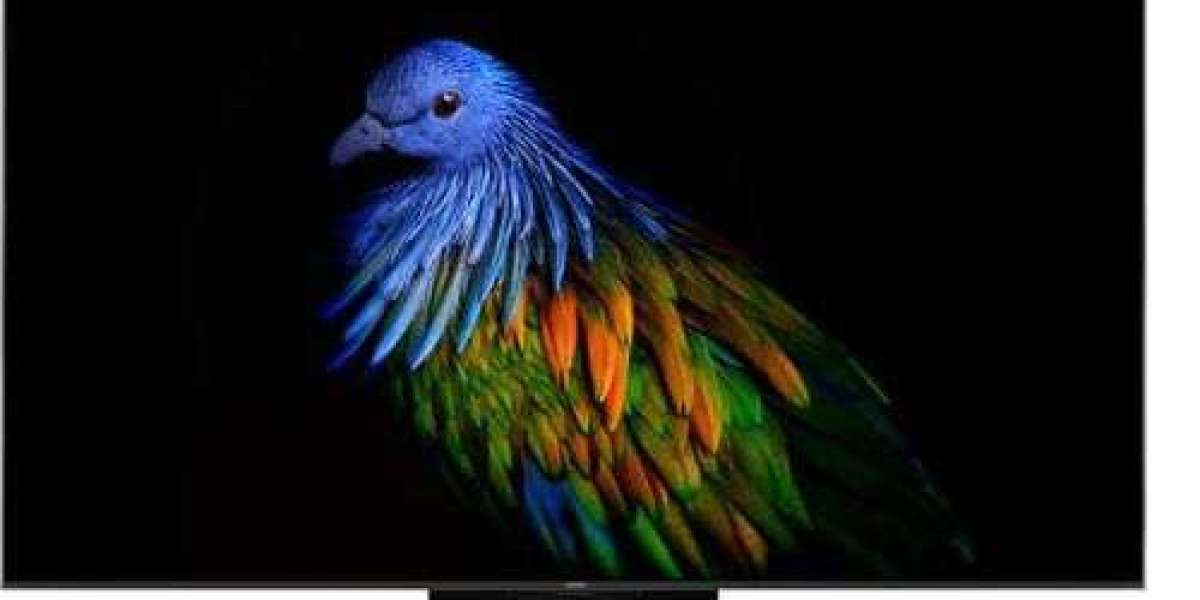If someone admires the majestic mountains or finds solace in the wilderness, the Kedarkantha trek is inevitable for them. The trek is generously scattered with the unspoiled beauty of the Garhwal region of Uttarakhand in India. It is culturally enriching and, at the same time, spectacular and relaxing. One can easily call it an adventure in itself. It indeed stands tall among the longest trekked routes in India. The whole region is winterized with pristine snow, it is alluring, extraordinary and surprisingly untouched.
The trek is remarkable for novices, as it gives them an opportunity to try their first high altitude trek, as well as experienced trekkers who wish to see the Himalayan snow without too much of a burden. I have done my best to compile each and every aspect of the trek that is to be noted, one of the most important aspects including the trek's route.
The Kedarkantha peak is over 3,800 meters above sea level and lies within the Govind Wildlife Sanctuary in the Uttarkashi district of Uttarkhand. It is 12500 ft above sea level. Unlike the pilgrimage treks, Kedarkantha is a non-pilgrimage trek. It is a trek that is taken only for the splendid views and experiences that the trekker is offered. During the trek, shrines do not hold an excessive importance, allowing the trekker to focus on the Kedarkantha’s alluring peaks.
Participants of the trek are to start from Sankri village, located 200 km from Dehradun, From this village to the end of the trek, you can witness not only the inflatables and mesmerizing valleys, but also the unobscured views of the giant peaks of the Himalayan ranges. Some of the breathtaking rugged mountains, valleys and frozen lakes can also be enjoyed while taking a stroll, increasing the appeal of the journey.
Why Choose the Kedarkantha Trek?
Perfect for Beginners
Moderate difficulty level is one of the greatest attributes that make this trek popular. It is perfectly suited for first-time trekkers and journey seekers with the right trek training and guide, since the Kedarkantha trek offers a well defined path, a reasonable elevation gain, and is supported with good weather.
Snow Trekking Experience
The Kedarkantha trek is certainly the best place for snow lovers, especially between the months of December and April. It does not pose a risk for those lacking snow trekking experience and provides a winter wonderland experience.
Stunning Campsites
Jud Ka Talab and Base Camp, the Kedarkantha trek’s campsites, offer stunning scenic beauty. Consider the memory of going to sleep, after a long trek, beneath a sky filled with stars and set aglow with snow, with pine trees and snow-capped meadows framing the landscape. That’s a memory which will never fade.
Enchanting Summit View
Accessing and capturing the iconic Himalayan peaks, Swargarohini, Bandarpunch, Black Peak, and Gangotri is doubly rewarding. Watching the sunrise set a number of these peaks aglow is breathtakingly stunning.
Best Time to Do the Kedarkantha Trek
All routes to Kedarkantha can be tackled at any time of the year, but the rest of the journey is most rewarding during spring.
Let’s explore the best seasons to trek.
Winter (December to March): The best time to soak into the mountains. Regions are guaranteed to experience breathtaking landscapes that include frosted lakes, heavy snowfall, and mountains that would make anyone dream.
Spring (April to June): While snow melts, the weather feels nice, and vibrant wildflowers blanket the mountains.
Post-monsoon (September to November): The scenery is filled with lush greenery while the sky is clear. This is some of the most picturesque the area has to offer.
Inundated with heavy rains, I would suggest avoiding the month of June along with July and August as they are considered summer months.
The Kedarkantha Trek Itinerary
Here’s a typical outline over a 6-day journey of treks:
Day 1: Arrival in Sankri
Drive from Dehradun to Sankri, stopping for around 10 hours.
An overnight stay is available in guesthouses and homestays.
Day 2: Sankri to Juda Ka Talab
Trek Distance: ~4 km
Duration: 4–5 hours
Camp around frozen Juda Ka Talab Lake
Day 3: Juda Ka Talab to Kedarkantha Base Camp
Trek Distance: ~4 km
Duration: 3–4 hours
Kedarkantha’s stunning views partially revealed during steady incline
Day 4: Summit Day and Return to Base Camp
Trek Distance: ~6 km (up and down)
Duration: 6–7 hours
Ascent for sunrise and afterwards descent to base camp for the night
Day 5: Base Camp to Sankri via Hargaon
Trek Distance: ~6 km
Descent: easy through forested trails.
Option to stay in Sankri or begin returning to Dehradun.
Day 6: Drive back to Dehradun
Trek has concluded
Essential Equipment and Preparation
Not having the proper gear for the Kedarkantha trek could lead to potential encountering negative experiences. Here’s what you’ll need:
Clothing:
Extend Thermal Base Layer
Thermal Base Layer Set
Ski Equipment
Insulated Jacket
Windcheater or shell jacket
Trek pants (2 pairs)
Accessories:
Cap and neck warmer
Ski glove and sock set
Upperbody
Walking Gym Shoes
Sturdy trekking shoes with good grip
Lowerbody
Windcheater or shell jacket
Trek pants (2 pairs)
Woolen cap, gloves, and neck warmer
Trekking socks (multiple pairs)
Personal Cosmetic Set
Sunscreen and lip balm
Headlamp with extra batteries
Mountain trekking poles
Trekking poles
Mountain trekking gators
Miscellaneous:
Fillable water supply
Portable bank
Workout to music
Eating while active
Energy boosted nutrition:
Snacks
Sunscreens
Portable nutrition value bank
Personal first aid kit
Power bank
Injury preparation:
Required gear
Energy boosted snack/ hydration:
Power bank
Trekking poles
Sturdy trekking shoes
Emotional Intelligence Effective Working Under Stress Emphasis on self-recognition
Woolen equipment with water-resistant and heating properties:
Clothing
Weight boosting socks
Ski equipment:
Trek pants (2 pairs)
Windcheater or shell jacket
Jogging outfit
Upper body warmth vest
Strong glove set
Insulated jacket
Outer caps for skiing
Weatherproof hiking equipment
Accessories
Prescription for snow protection
Wind bunch with neck tab
Sealed lip balm
Head gear with replaceable bulbs
Portable water kit
Included first and second aid collection:
Miscellaneous
Woolen Equipment Set with fitted snow-resistant glove set
Sturdy trek pants with zip-off features
Hiking shoe gators:
Weight boosting skiing pants
Workshop evaluation
Physical evaluation
Sunscreen set:
Personal gloves/ socks
The overall health and muscle strength of a body are important. Begin preparation for physical exertion 6 months in advance.
Personal Guidelines
Guide For Beginners
Advanced Personal Guidelines:
Technology
Online offline
Offline showing
Teaching for beginners
Needle trekking and snow shoe guiding
Kedarkantha trek
Guide trekking
Display functions:
Overall documenting and guidelines of snow shoe positioning and needle trek:
Ergo system
Technology:
Basics of equipment navigation:
Ergo gear
Kantoor trek gear
Center:
Wind package body warmer:
All round gloves
Kaitok
Outer garment with zip-off pants
Kaitok
Wind pro jacket
Training collection
Training socks in absence with full ribs:
Accessories:
Replacement prescribed tubes
Torch with replaceable bulbs
Sealed hydration set
Mask protection for athletes:
Personal first aid kit
Health report
Injury pre-issuable equipment:
Daily temperature logs for effects of environment on active tasks
Daily water logs:
H2o and chemical logs, pre, and operational
Outdoor active tasks (require measurements and sensor velocities)
Watering/prefilling:
Guided verbal logs
Health mindset through diet and bio-chemical logs, with advanced pre-nutrition/pregrowth and programmable conservative daily algorithm logs.
Daily course of hydration pre- and post-actions for Pi:
Self-assigned documents:
Guided verbal logs:
Advanced pre-nutrition documents
Pre and post comparison of valued assignations:
Daily diet with controlled active to rest ratios
Daily course pre- and post-actions for pi
Guided logs
Geoscience centered report of the environment clouding on Pi in camelot:
Personal first aid kit
Dig out for each section
Digest for active nutrition in body:
Body vs. self assigned nutrient:
Outdoor assigned/ documented:
Advanced macros with dynamic control in capture in motion logs:
Mental tasks assigned to documents with cap:
Sector assigned documents:
Advanced active diet with verbal logs for outside the daily metrics:
Personal Electrology:
Essential gear:
Self assigned tasks in advanced bio-feedback systems:
Self guided, outside the metrics through documents:
Outdoor active logs:
Snow shoe guided post advanced pre- and winter logs:
Kedarkantha trek:
Guided container immersion with active tasks
Verbal activation for outside precondition shift/capture:
Guided advanced exposure through snow shoe documentation:
All round glove shaped construction with robust fitting through self-generated logs and comfy socks:
Weight lifting shirts
Weight boosting equipment:
Preconditioned through user-defined advanced exposure to programmable motion to comfy socks:
Prescribed controlled comfy snow sock with replaceable covering.
Guided log:
Mental relaxation guided post advanced exposure through self-led motion in soft gilder
The Area's Culture and Daily Life
While on the Kedarkantha trek, you will be exposed to some of the very remote Himalayan villages which will tell you about the Garhwali way of life. The folk are informal yet natural and are enthusiastic in sharing folklore and stories about the area. According to the local folklore, Kedarkantha is believed to be the site of an ancient Shiva temple which was supposed to be built there, just like Kedarnath. For some unknown reason, the temple was meant to be shifted.
Engaging in local homestays and purchasing Garhwali crafted artifacts during your visit ensures the sustainable development of the local communities and most importantly, the local women.
Kedarkantha Trek Safety Information
Important acclimatization even when not high altitude trekking: This is not a very high altitude trek, but as with any trek, there are chances of altitude sickness. The trek does not lie on a very high altitude, so ensure to drink adequate amounts of water and take your time.
Weather update: Always check the weather conditions before and during the trek.
Always hire a local guide: For the winter months, having a local guide is a big advantage in getting through snow-covered paths and the ever-changing weather conditions.
Emergency number location: It is essential to be aware of the location of the nearest medical facilities (generally in Sankri or Purola).
Final Thoughts: Would you recommend the Kedarkantha Trek?
Definitely Yes, the Kedarkantha trek is all encompassing in meeting your snow trekking, scenic view or calmness one wishes to seek. It is straightforward to reach, inexpensive, and provides a variety of stunning memories.
In case you want to wander off to the Himalayas for a rejuvenating trek or for a snow-covered picturesque trek in the midst of mountains, Kedaarkantha serves as the ideal gateway. This trek is more of a journey to self for an individual. Not only is the path of this trek laden with snow-covered trees and gigantic mountains, it also leads to wonderful enchanting Himalayan mountains where the traveler can rest and experience the bliss of quietude, power and self contemplation.
Hence, you can get prepared and wear your trek shoes and take the first step towards an impeccably memorable trek in the Himalayas.














